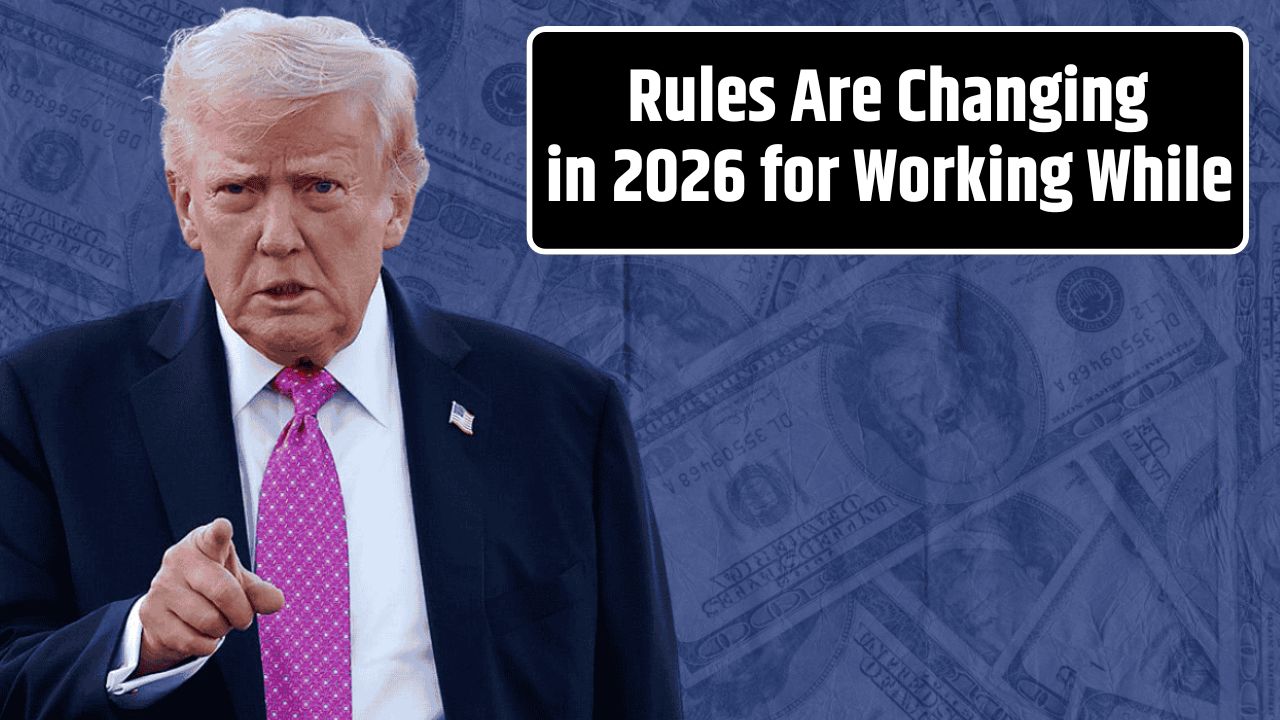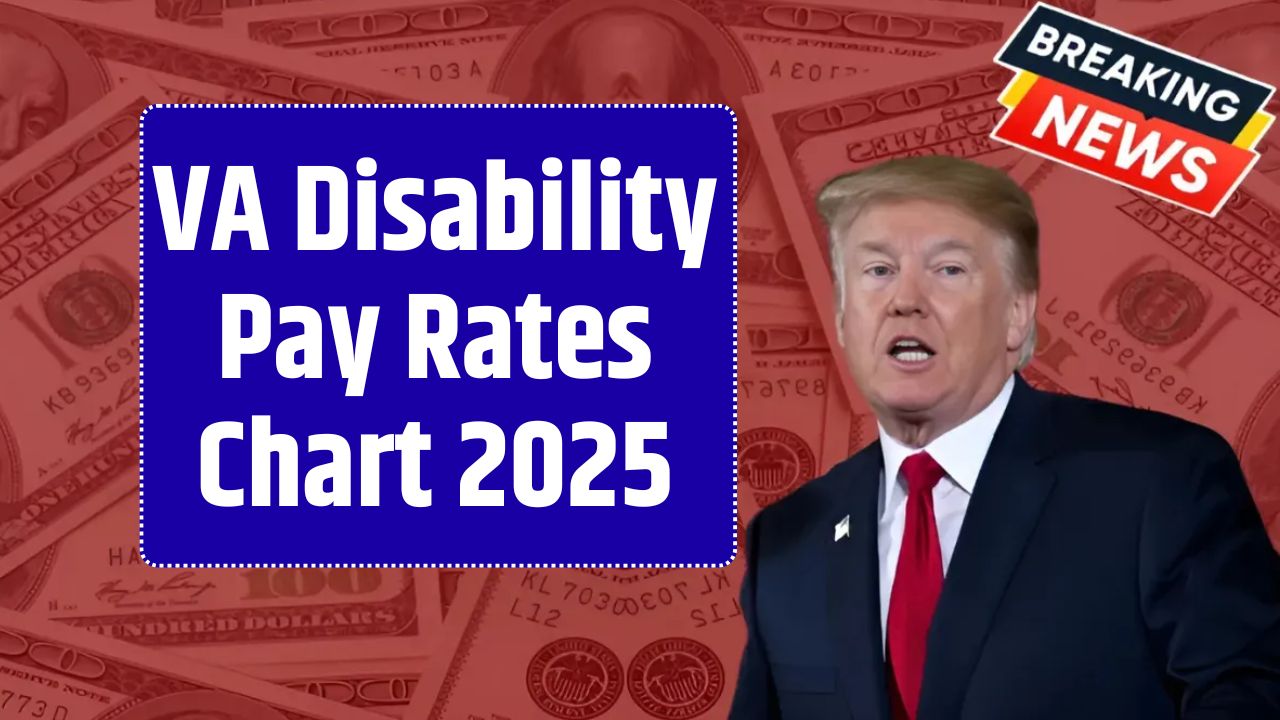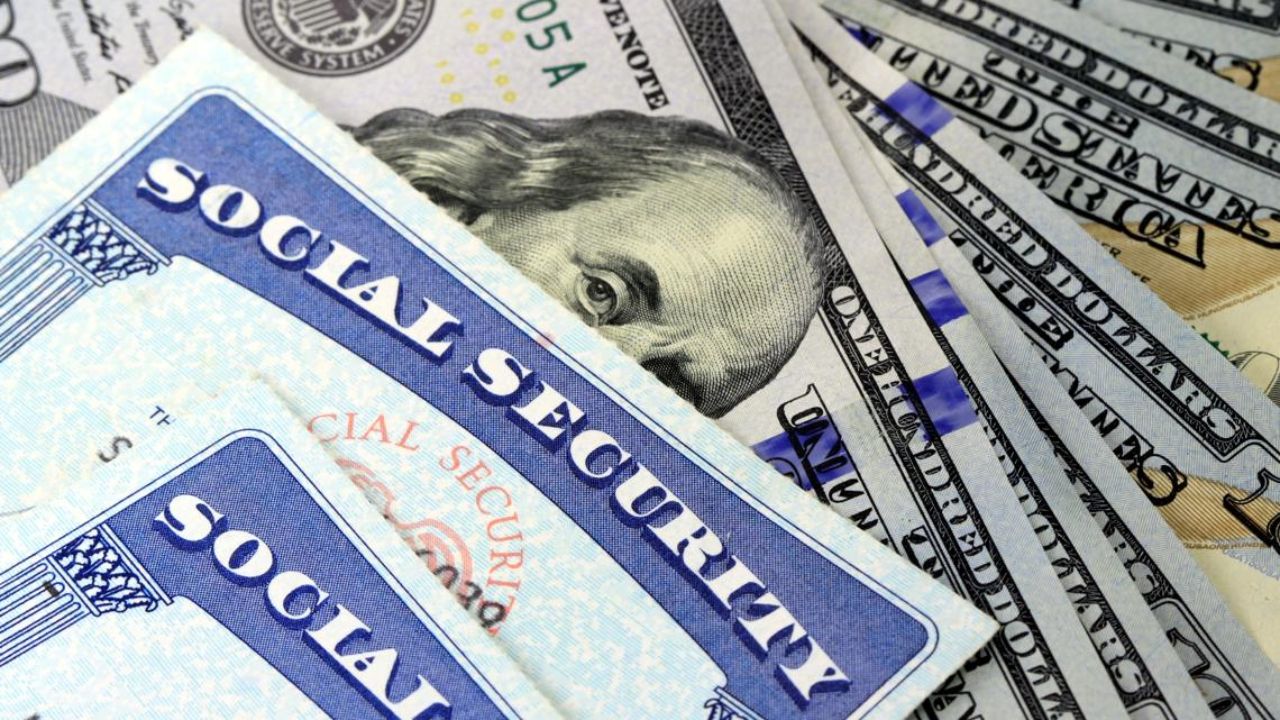If you picture retirement as a string of carefree mornings and easy afternoons, you’re not imagining wrong — just optimistic. Because for a fast-growing slice of America’s retirees, that dream has blurred with reality. Rising costs and longer life spans are rewriting the retirement script: golf clubs are being swapped for timecards, and more older adults are clocking in again, even while drawing Social Security.
Why More Retirees Are Working Again
The math is simple — and sobering. That monthly Social Security check just doesn’t stretch as far as it used to. Groceries cost roughly 25% more than in 2020, rents have jumped double digits in many metros, and Medicare premiums keep creeping up. According to Social Security Administration (SSA) data, about 19% of Americans 65 and older now earn income from work in addition to their benefits — the highest level in decades.
Many say they enjoy staying active. But for others, it’s survival mode. The catch is that those earnings can reduce your monthly benefits until you reach full retirement age (FRA). That’s where the earnings test comes in — and it’s getting a small, but welcome, adjustment in 2026.
The Rules as They Stand in 2025
If you’ve already hit your FRA, you can breathe easy — work all you want, and your Social Security benefits won’t budge.
But for everyone below that age, the government sets an annual earnings limit. Go over it, and part of your benefit gets temporarily withheld.
| Scenario | 2025 Earnings Limit | Reduction Rule |
|---|---|---|
| Below full retirement age for all of 2025 | $23,400 | Lose $1 in benefits for every $2 earned above the limit |
| Reaching full retirement age during 2025 | $62,160 (applies only until the month you reach FRA) | Lose $1 in benefits for every $3 earned above that limit |
That may sound harsh, but it’s not permanent. Once you hit FRA, SSA recalculates your benefit, crediting you for the months when payments were withheld. Your check rises slightly after that adjustment — essentially paying you back over time.
Still, it can sting in the short run, especially if you unknowingly cross the threshold. Many retirees find themselves a few hundred dollars “too successful,” only to see a sudden dip in their monthly deposit.
The 2026 Adjustment: A Little More Breathing Room
The basic formula stays the same, but the limits tick up each year to track national wage growth. Analysts expect the SSA’s next update — to be confirmed in October 2025 alongside the annual Cost-of-Living Adjustment (COLA) — to raise the bar modestly.
| Scenario | Projected 2026 Limit | Change from 2025 |
|---|---|---|
| Below full retirement age for all of 2026 | $24,360 | +$960 |
| Reaching full retirement age during 2026 | $64,800 | +$2,640 |
In plain terms, working retirees can earn roughly $1,000–$2,600 more next year before their benefits start getting docked. That might not sound life-changing, but for many, it covers a few more bills, medical copays, or even that dreaded property tax invoice.
How the Withholding Actually Works
The system isn’t as immediate as it sounds. The SSA looks at your expected annual income and withholds benefits early — usually by suspending a few checks until the projected overage is covered.
Example:
You’re 64 in 2026 and expect to earn $30,000.
- The earnings limit is $24,360, so you’re $5,640 over.
- SSA withholds $1 in benefits for every $2 above the limit → about $2,820.
- Your first two benefit checks of the year might be paused.
- Once you hit full retirement age, the withheld months are credited back, increasing your future payments.
If your actual income ends up lower than estimated, you’ll get a refund for any over-withholding the following year.
Why the Earnings Test Exists
Contrary to popular belief, the test isn’t meant to punish retirees for working. It’s a balancing mechanism.
When you claim benefits before FRA (which varies by birth year), you get smaller checks because the system assumes you’ll receive them for more years. But if you keep working — and earning — during that time, the earnings test ensures fairness across the pool.
Once you reach FRA, it’s all yours again: the cap disappears, and you can work full-time, consult, or even start a business without losing a dime of Social Security.
| Birth Year | Full Retirement Age (FRA) |
|---|---|
| 1954 or earlier | 66 |
| 1955 | 66 and 2 months |
| 1956 | 66 and 4 months |
| 1957 | 66 and 6 months |
| 1958 | 66 and 8 months |
| 1959 | 66 and 10 months |
| 1960 or later | 67 |
Planning Ahead for 2026
Working while collecting benefits can be a smart move — if you plan carefully. Here’s how to keep the SSA on your side (and your benefits steady).
- Estimate early. Use the SSA’s Retirement Earnings Test Calculator to gauge how much income you can safely earn.
- Report changes promptly. If your income shifts midyear, update your SSA file to avoid accidental over-withholding.
- Mark your birthday month. Once you reach FRA, all limits vanish — even if it’s midyear.
- Reconsider timing. Delaying your claim can permanently raise your monthly benefit. Waiting from 62 to 67 can increase your check by up to 30%.
- Monitor your my Social Security account. It’s your best window into earnings, benefits, and upcoming adjustments.
Why This Matters More Now
Inflation, healthcare costs, and longer lifespans are squeezing retirees like never before. The small bump in 2026’s earnings limits won’t change the system overnight, but it gives working retirees a touch more flexibility — a little breathing room to balance work, health, and the need for extra income.
In the bigger picture, it’s another sign that the “traditional” retirement age no longer fits modern economics. For many, the new reality looks less like a finish line and more like a gradual glide path — easing out of the workforce instead of abruptly exiting it.
FAQs:
How much can I earn in 2025 without reducing my benefits?
Up to $23,400 if you’re below full retirement age all year. Above that, you lose $1 in benefits for every $2 earned.
What happens when I reach full retirement age?
The earnings limit disappears, and your withheld benefits are recalculated into future payments.
Will the 2026 limits be confirmed soon?
Yes. The SSA will announce the official thresholds in October 2025.














